iseek Analytics in Action
See how organizations across industries apply iseek Analytics to drive strategic, data-informed decisions.
Marketing Mastery with Optix™
The Challenge:
Marketers struggled to present a unified view of multichannel campaign performance due to data silos in various platforms.
The Solution:
OPTIX™, built on iseek Analytics, seamlessly integrates with digital marketing platforms. It dynamically aggregates data into rich, visual reports, offering marketers a comprehensive performance overview and enabling data-driven campaign optimization.
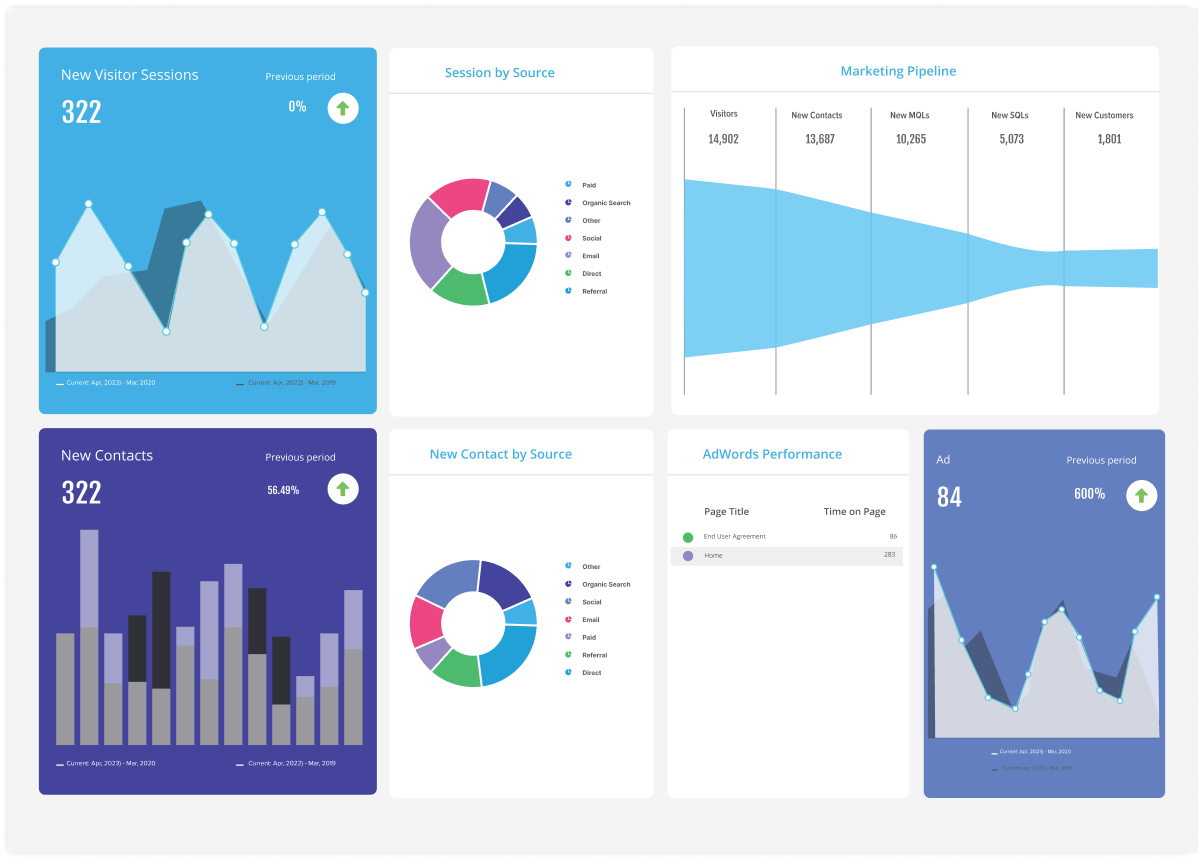
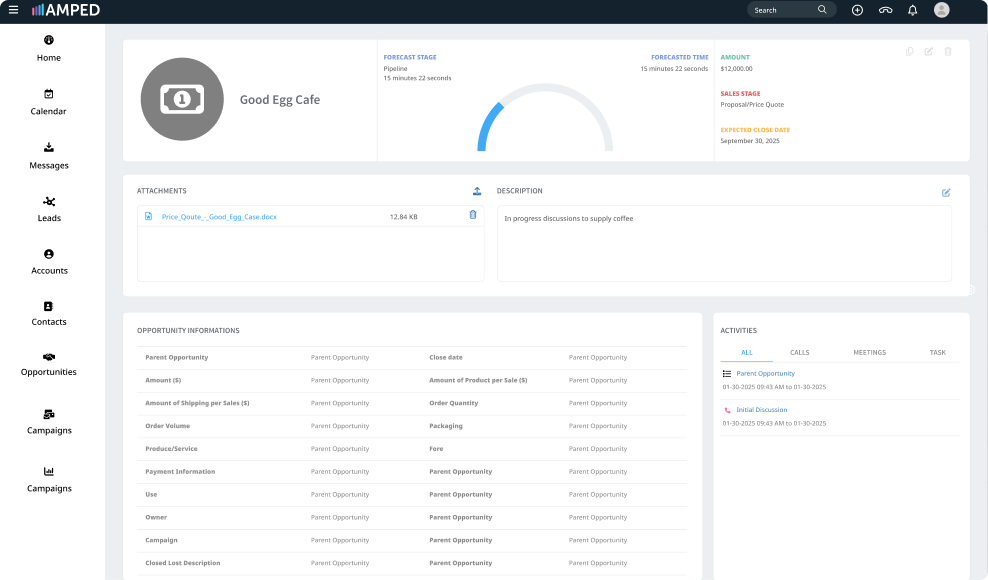
Sales Acceleration via AMPED™ CRM
The Challenge:
Organizations were drowning in sales data without effectively leveraging it to understand successful techniques or forecast demand and revenue.
The Solution:
AMPED™ CRM's embedded analytics empower sales managers to refine forecasts, evaluate team performance, and gain deep insights into the marketing funnel, turning raw data into a strategic asset.
Optimized Business Operations
The Challenge:
Businesses faced ongoing challenges in optimizing budgets and demonstrating how expenditures drive sales and revenues.
The Solution:
iseek Analytics enables organizations to link operational decisions to financial performance. By providing insights on profitability and cost drivers, it empowers data-informed decision-making for resource allocation.
Mitigating Insurance Claims Risks
The Challenge:
Industries like manufacturing and construction grappled with the significant impact of workers' compensation claims on productivity and insurance costs
The Solution:
iseek Analytics offers deep insights into claim patterns—including size, reasons, and timing—to enable businesses to prioritize risk reduction strategies that reduce costs and enhance workplace safety.
Elevating Student Writing with WriteVue™
The Challenge:
Educational institutions struggled to objectively measure and benchmark student writing competencies across diverse contexts.
The Solution:
WriteVue™, built on iseek Analytics, provides comprehensive insights into student writing across an institution, identifying patterns that administrators can act on to boost learning outcomes.

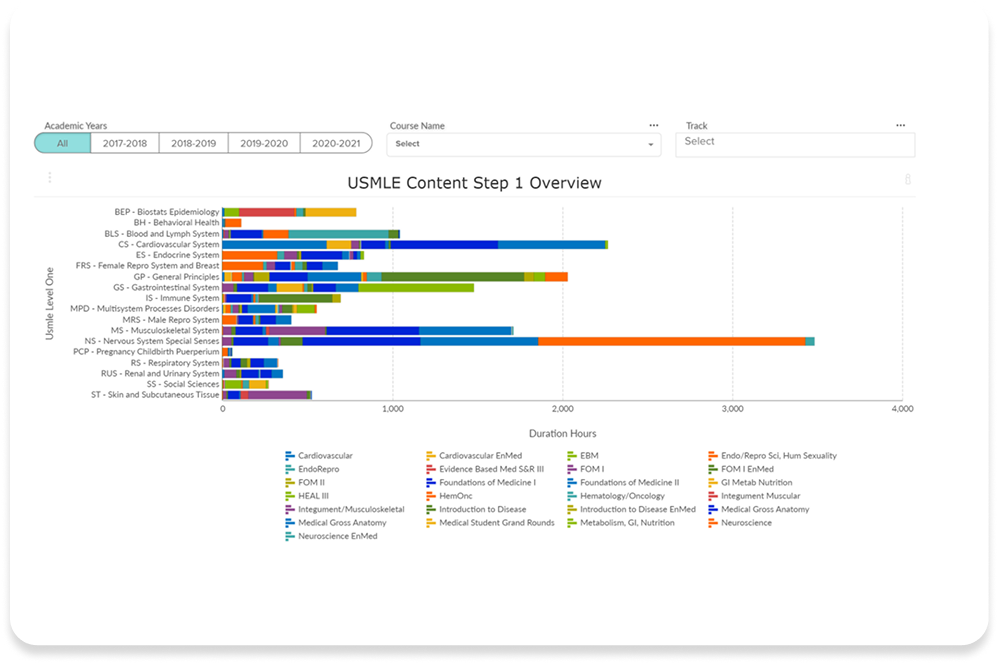
Streamlined Accreditation Planning
The Challenge:
Medical, dental, and other professional and higher educational institutions spent months compiling the curricular data required for accreditation reviews.
The Solution:
iseek.ai’s dedicated platform for professional and higher education includes built-in analytics to efficiently track curricular data—saving time and improving the accuracy of accreditation reports.
Enhanced Student Progress Evaluation
The Challenge:
Higher education institutions lacked effective means to identify areas of student underperformance, risking subpar results on critical licensing exams.
The Solution:
Outcome analytics within the iseek.ai professional and higher education platform flag student underperformance—enabling faculty and administrators to intervene with timely and targeted strategies.
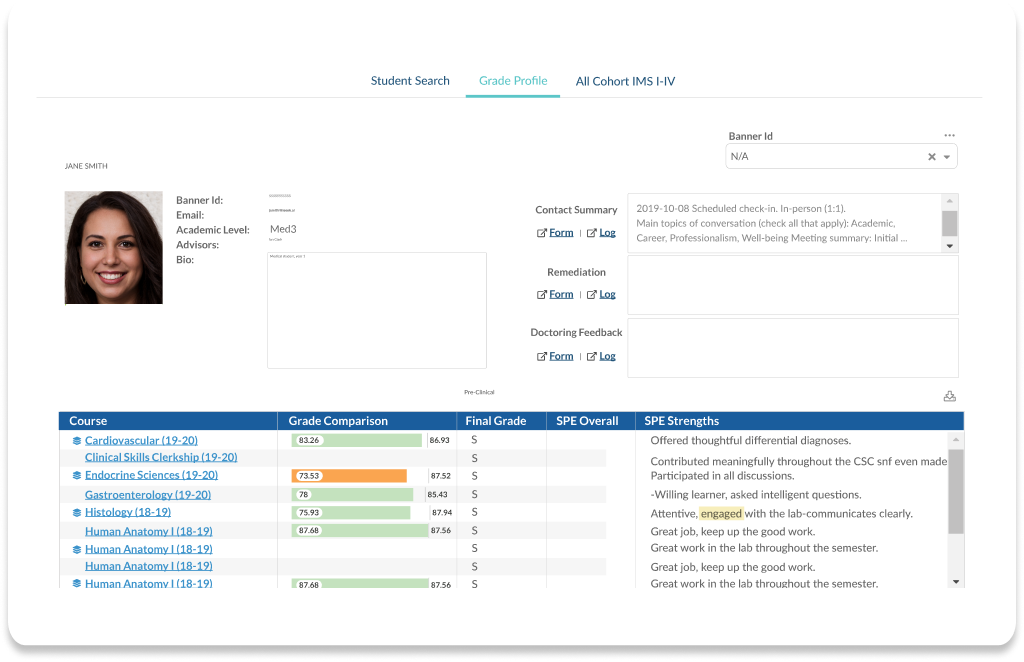
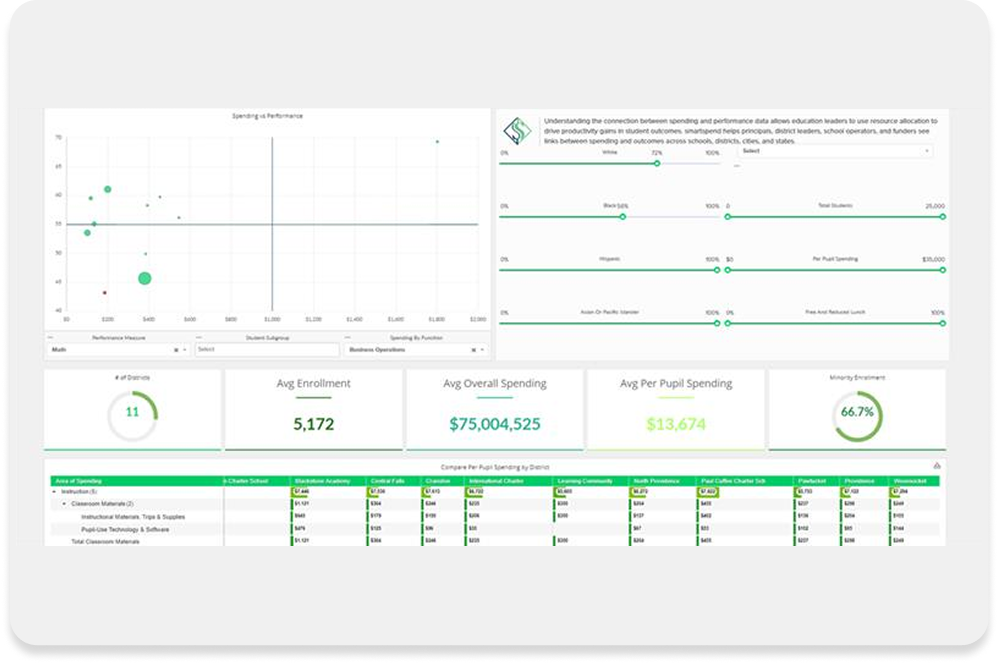
Optimized Education Budgets with smart$pend™
The Challenge:
Education systems faced growing pressure to improve student outcomes despite limited budgets and increasing costs.
The Solution:
smart$pend™ leverages iseek Analytics to connect K-12 spending data with student performance, empowering administrators to allocate limited resources to maximize student outcomes.
Improved Occupancy Forecasting with iseek Resort IA™
The Challenge:
Resort owners struggled to fully understand and leverage seasonal occupancy trends for effective forecasting and resource planning.
The Solution:
iseek Resort IA™ normalizes data on property assets, costs, and revenues across locations—providing actionable insights on seasonality trends to inform resource allocation decisions.
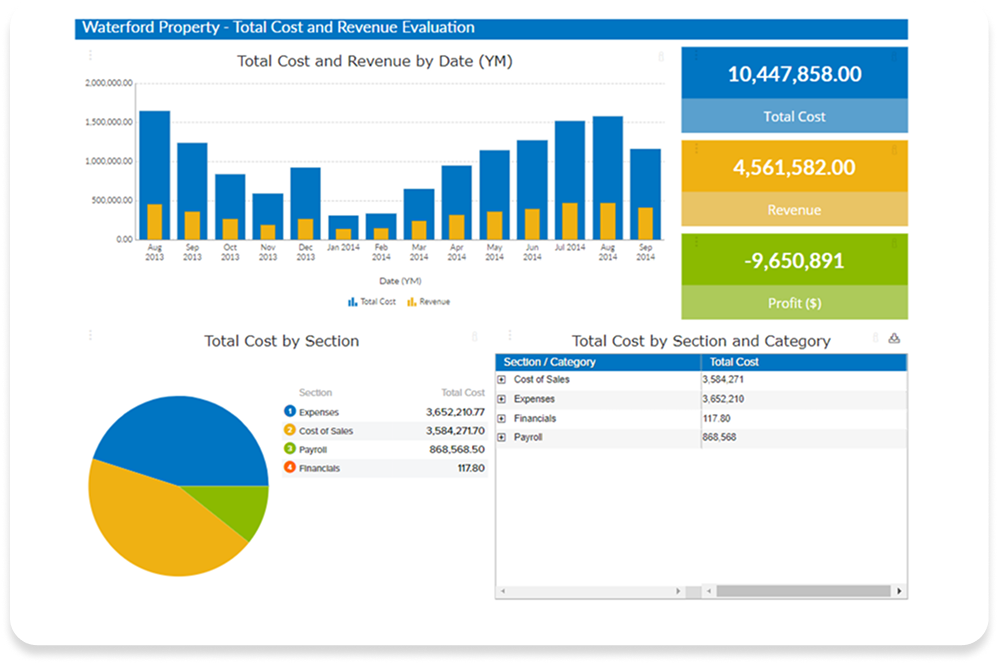
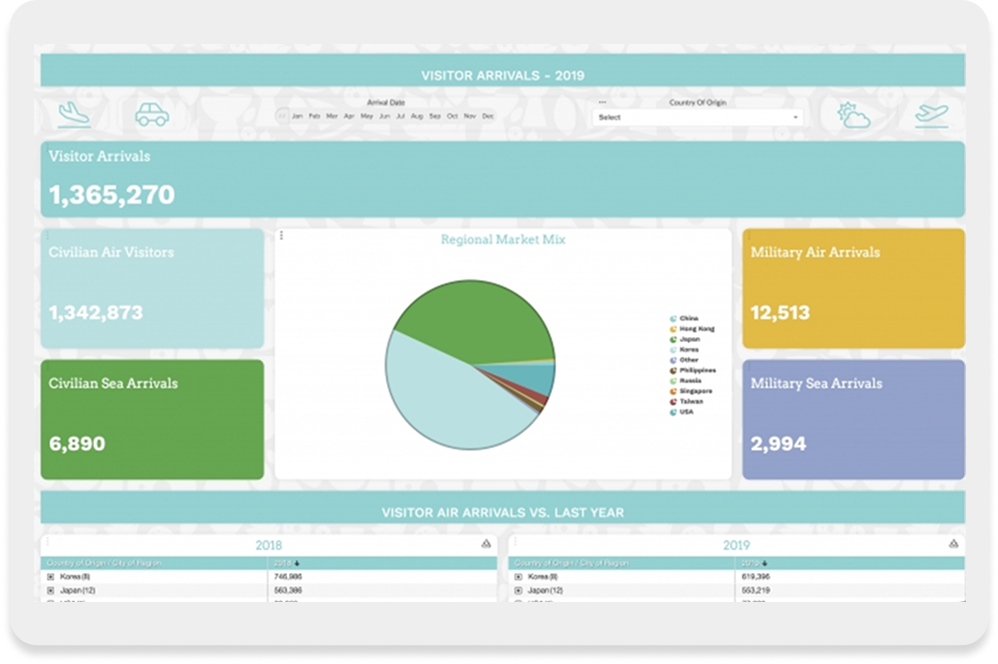
Tapping into Visitor Trends with iseek Tourism™
The Challenge:
Tourism-dependent businesses and municipalities lacked comprehensive data on visitor trends, hindering effective inventory and resource planning.
The Solution:
iseek Tourism™ offers a holistic view of tourism dynamics, including demographic insights, visitor behaviors, economic impacts, and satisfaction levels, to inform allocation and planning decisions that benefit local economies.


